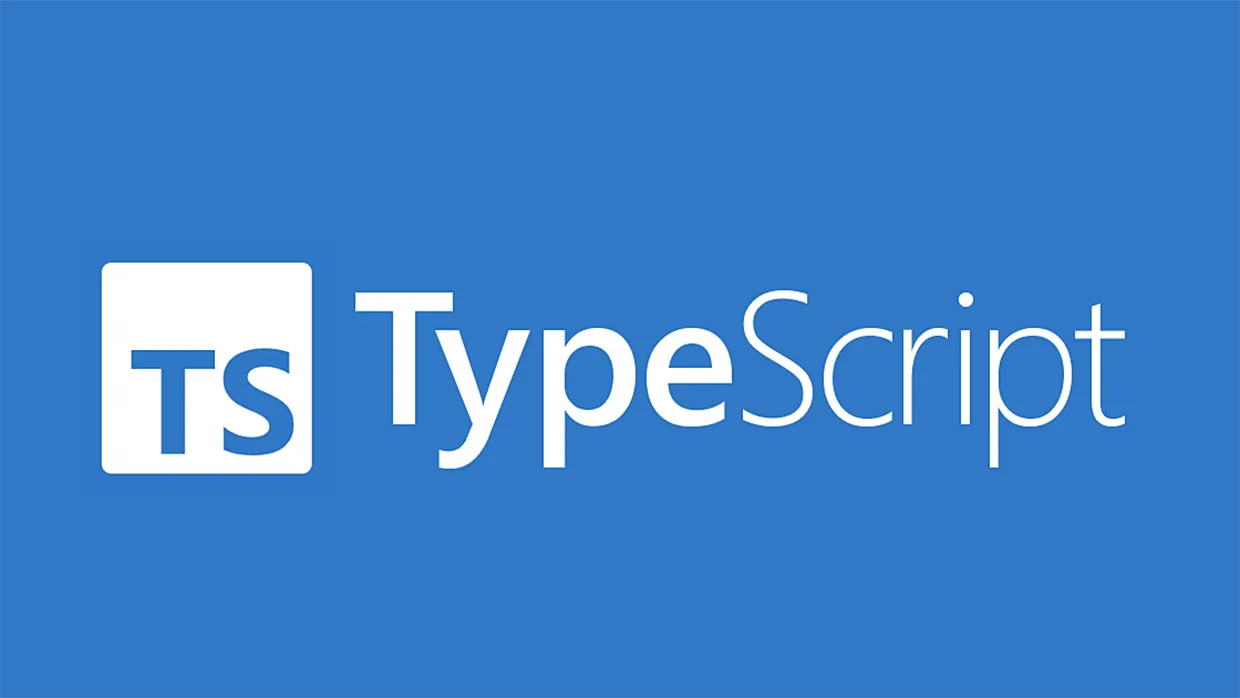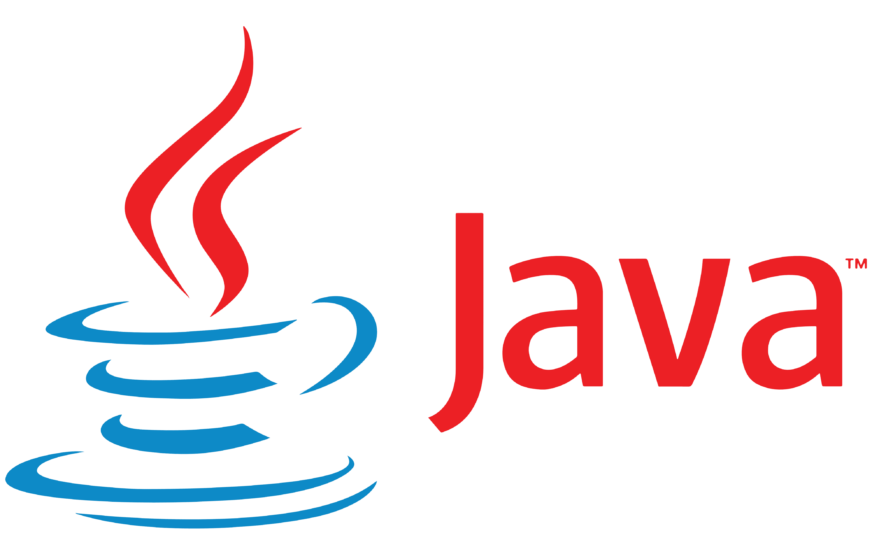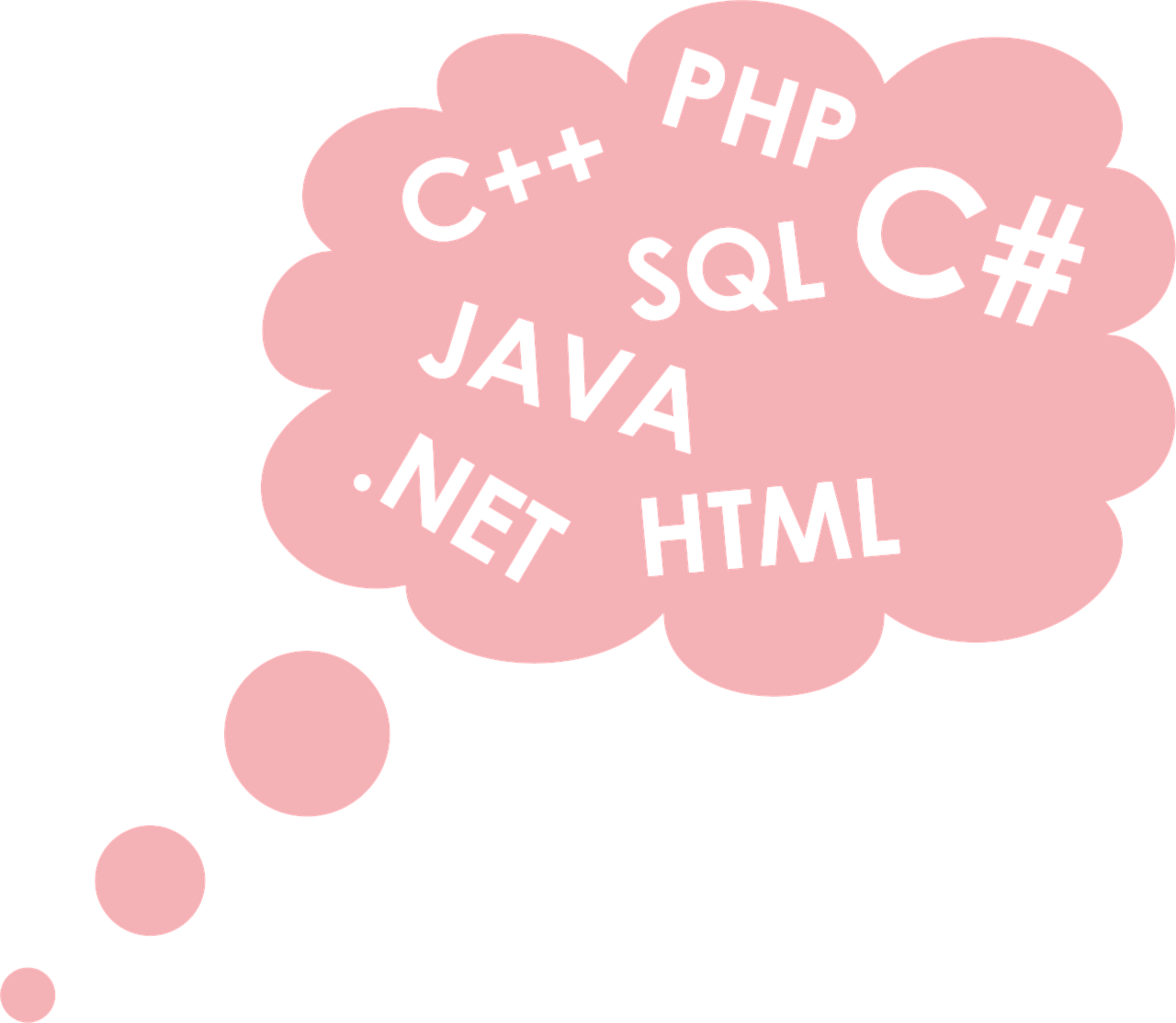SQL CTE, or Common Table Expression, is a useful tool that helps make your SQL queries easier to understand and manage. Instead of writing long and complex queries, SQL CTE allows you to break them down into smaller, more readable parts. This makes it simpler for anyone learning SQL to follow the logic and troubleshoot if needed.
When working with SQL CTE, you can think of it like a temporary result that you create within your query. The best part is that SQL CTE can be reused within the same query, saving time and effort. Whether you’re a beginner or an experienced data analyst, using SQL CTE can help you organize your data and write clean, efficient queries.
What is SQL CTE? A Simple Explanation
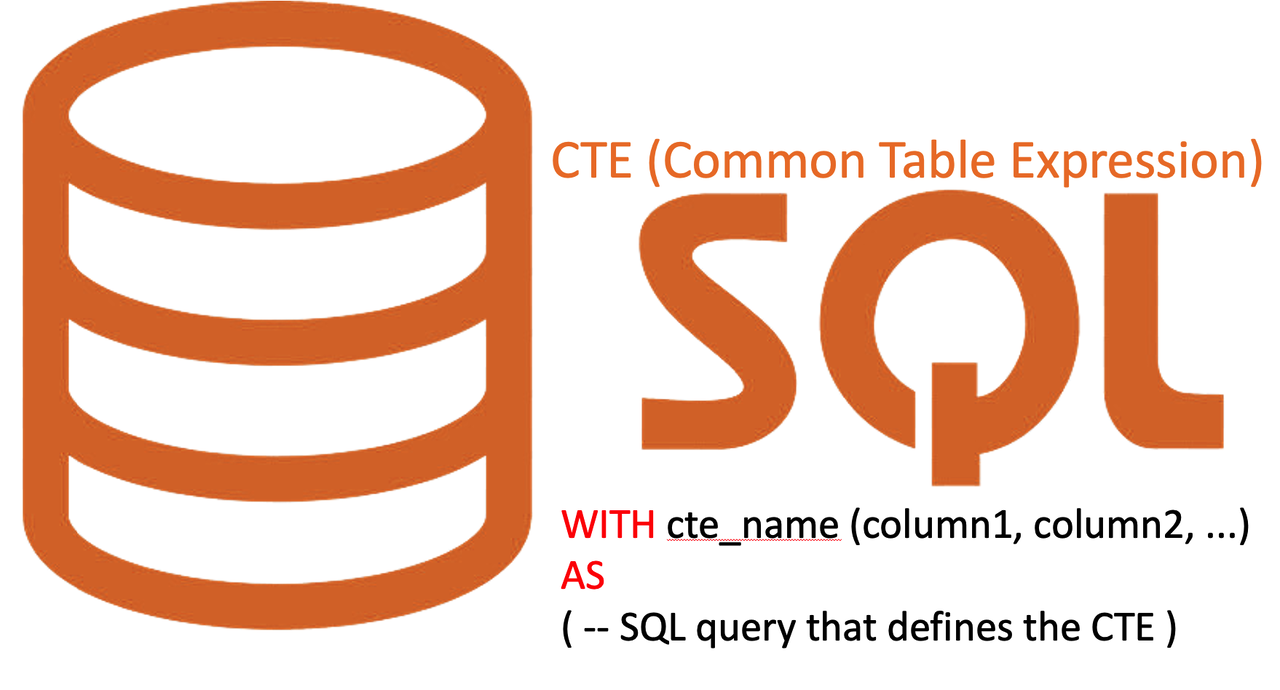
SQL CTE, or Common Table Expression, is a way to make your SQL queries more organized and easier to read. It allows you to create a temporary table that you can use within your main query. Instead of repeating the same query multiple times, SQL CTE lets you write it once and reuse it, making your code cleaner. This is very helpful, especially when dealing with complicated data sets.
Another great thing about SQL CTE is that it keeps your queries short and simple. You can use CTE to break down complex queries into smaller parts, which helps in understanding the overall logic. It’s perfect for beginners who are learning how to write SQL queries and want to keep things manageable. By using SQL CTE, you will also reduce the chances of making mistakes in your code.
How to Use SQL CTE in Your Queries
To use SQL CTE, you start with the keyword “WITH” followed by the name of your CTE. Inside the CTE, you write the query you want to use as a temporary result. Then, you can refer to this result in your main query. For example, you can use SQL CTE to select data from a table, and then use that selection in a larger query to filter or analyze the data.
Using SQL CTE makes it much easier to work with multiple queries at once. Instead of trying to figure out long, messy queries, you can break them down into smaller, more understandable pieces. SQL CTE helps you focus on one step at a time, and you can always refer back to your CTE when needed. This makes SQL CTE not only a time-saver but also a helpful tool for beginners.
Benefits of Using SQL CTE

One of the main benefits of SQL CTE is how it simplifies your code. Instead of writing the same subquery over and over again, you can write it once using CTE and use it as many times as needed. This helps keep your code neat and easy to understand, which is great when working on big projects or when collaborating with others.
Another benefit is that SQL CTE improves the performance of your queries. By using CTE, you can optimize the way your data is processed, reducing the time it takes for the query to run. SQL CTE is also easier to debug because you can focus on one part of the query at a time, making it simpler to find and fix errors. Overall, SQL CTE is an important tool for anyone who wants to write efficient and clean SQL queries.
SQL CTE vs. Subqueries: What’s the Difference?
When comparing SQL CTE with subqueries, the biggest difference is in readability. Subqueries can make your SQL code look complicated, especially when you have multiple nested queries. SQL CTE, on the other hand, makes your code look cleaner by separating the logic into smaller parts. This helps you see the flow of data more clearly, which is useful when troubleshooting.
Another difference is how SQL CTE and subqueries are used. With SQL CTE, you can reuse the temporary result in your main query as many times as you need. Subqueries, however, are only used once and then discarded. SQL CTE gives you more flexibility, which is helpful when working with larger and more complex queries.
Advanced Uses of SQL CTE: Recursive CTE Explained
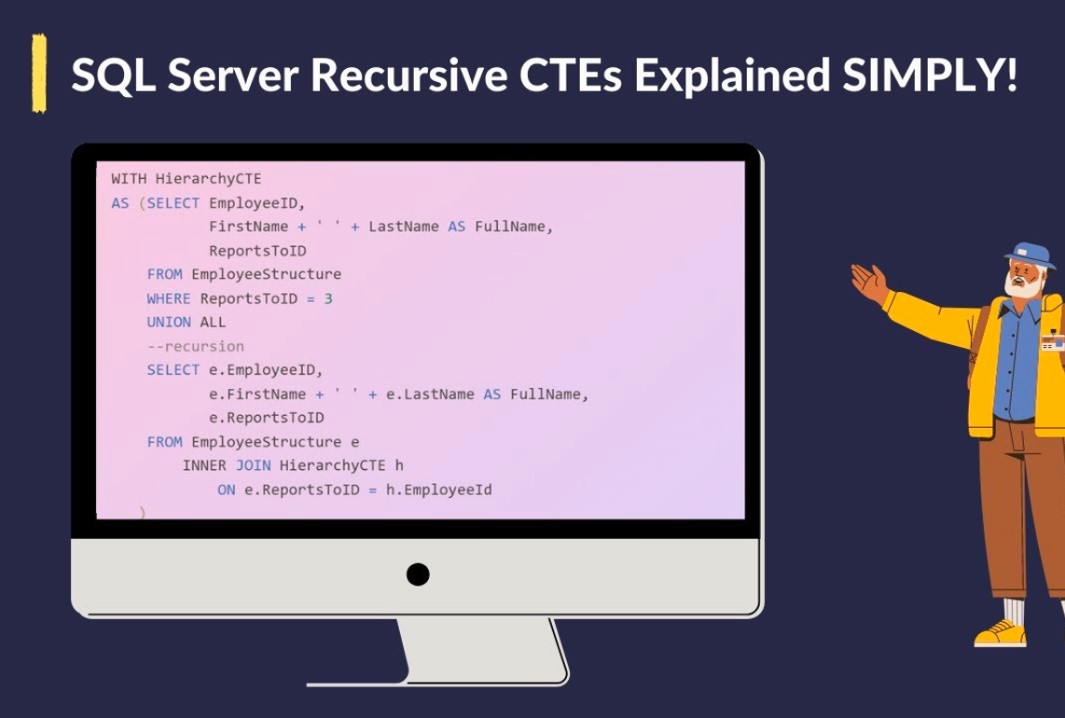
SQL CTE can also be used for advanced purposes, such as recursive queries. A recursive CTE allows you to perform queries on data that refers back to itself. This is especially useful when working with hierarchical data like organizational charts or family trees. Recursive CTE lets you write queries that can explore these relationships more easily.
Steps in Recursive SQL CTE:
- Start with the base case: the first query that selects the initial rows.
- Next, write the recursive part, which selects from the CTE itself.
- Finally, end the recursion with a stopping condition to prevent infinite loops.
Recursive SQL CTE is more advanced, but it’s a powerful tool for dealing with complex data relationships. Once you’ve mastered basic CTEs, recursive CTEs can take your SQL skills to the next level.
Common Mistakes to Avoid When Using SQL CTE
It’s easy to make mistakes when using SQL CTE, especially if you’re new to SQL. One common mistake is forgetting to name your CTE properly. Make sure you choose clear, descriptive names for your CTEs, so you know exactly what each one does. Another mistake is not using CTE to simplify your queries. If your query starts to look messy, break it into smaller parts using SQL CTE to keep things clear.
Another mistake is using SQL CTE in situations where it’s not needed. While CTE is useful, there are times when a simple subquery or join might work better. It’s important to know when to use SQL CTE for the best performance. Avoid overcomplicating your queries by using CTEs only when necessary.
Conclusion
In conclusion, SQL CTE is a helpful tool that can make your SQL queries easier to read and manage. By using SQL CTE, you can write clean, organized code that is simple to understand. Whether you’re a beginner or an advanced SQL user, learning how to use SQL CTE will improve your workflow.
As you become more comfortable with SQL CTE, you can start using it for more complex queries, like recursive CTEs. Remember to always keep your queries simple, use SQL CTE when it makes sense, and avoid common mistakes for the best results.


